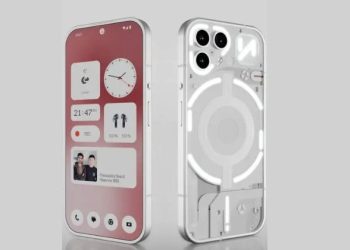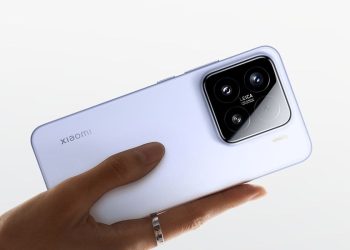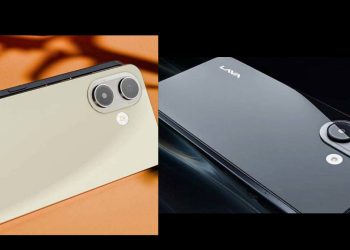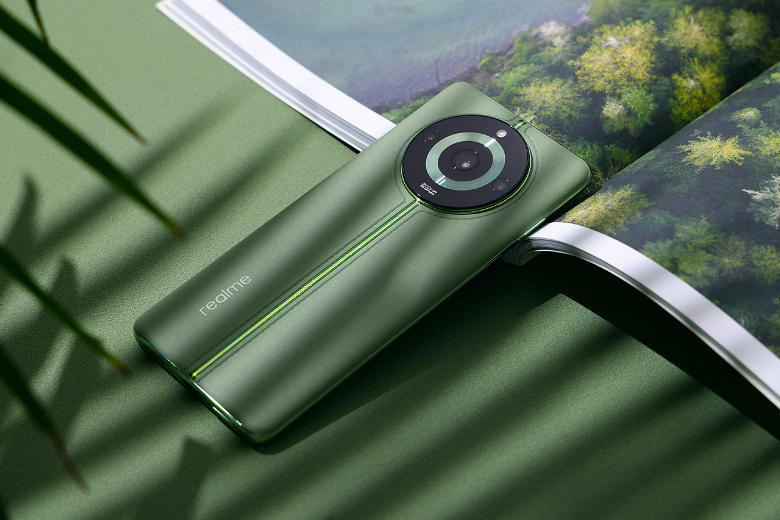Physics deceived: new single-lens lens technology promises to improve smartphone cameras
The camera in the first iPhone in 2007 had a resolution of just 2 megapixels. Smartphones today feature a whole array of cameras on the front and back, some of which boast resolutions up to 108MP. In addition, computational photography software has made great advances over a decade, but lenses have generally remained the same. But that is bound to change.

A new company called Metalenz aims to fundamentally improve smartphone cameras by replacing modern lens groups in lenses with a single flat lens composed of nanostructures. According to the company, a camera with such a lens focuses the image in the same way, but collects more light for better photos. In addition, the technology makes camera modules much more compact.
Today, every smartphone camera has multiple lenses (lens elements) installed one after the other. In the iPhone 12 Pro, for example, the main rear camera module uses a seven-element lens. With the lens system, manufacturers achieve a compact design and at the same time a sharp, focused image on the matrix.
“The optics commonly used in modern smartphones are comprised of four to seven lenses, ” said Oliver Schindelbeck, innovation manager at renowned optics manufacturer Zeiss for quality lenses. ” If you have only one lens, just by physical laws there will be aberrations or distortions in the image due to dispersion and diffraction . “
More lenses allow manufacturers to compensate for problems such as chromatic aberration (color stratification at the edges of an image) or lens distortion (where straight lines appear curved in a photograph). However, placing the lenses on top of each other requires more space inside the camera module. This is one of the many reasons why the “protrusion” of the camera on smartphones has become larger and larger over the years.
“The more lens elements you have to fit into the camera, the more space you need ,” said Mr. Schindelbeck. Another reason is the use of ever larger image sensors and zoom lenses. “Smartphone optics have become more sophisticated, more lenses have been added, including aspherical elements, to achieve the necessary space reduction, but there has been no revolution in this area over the past 10 years ,” said Oliver Schindelbeck.
This is where Metalenz comes in. Instead of plastic or glass lens elements stacked on top of the image sensor, Metalenz uses a single lens built on a 1 × 1 to 3 × 3 mm glass plate. The plate consists of nanostructures one thousandth the width of a human hair – they bend light rays in such a way that many of the disadvantages of classic single-lens systems are eliminated.
The backbone of the technology was developed from decades of research – previously, Metalenz co-founder and CEO Robert Devlin worked on his PhD at Harvard University with renowned physicist and Metalenz co-founder Federico Capasso. The company itself was created in 2017.
Light travels through nanostructures, which at the microscopic level look like millions of circles of different diameters. Mr. Devlin noted that you can simply change the size of such circles to control the light flux, achieving the desired result and refracting the rays in a given way. The resulting image will be as sharp as a multi-lens system: nanostructures will take over the job of reducing or eliminating many of the image-degrading aberrations found in traditional cameras. Moreover, the design not only saves space, which would already be a breakthrough: the developers argue that the new approach allows you to capture and direct more light to the image sensor, getting brighter and clearer images even in low light.
Many promising technologies remain on paper for a long time. But in the case of Metalenz, it looks like you can expect otherwise. The company has already partnered with two leaders in the semiconductor industry (which can currently produce one million Metalenz modules per day). Optics are manufactured in the same factories where consumer devices are assembled, simplifying supply chains.
Serial production is scheduled to begin by the end of the year. Initially, this system will find application in a 3D sensor in a certain smartphone (neither partners nor the manufacturer of the smartphone have been named yet). Metalenz claims that its technology can find applications outside of smartphones: in medical devices, in augmented and virtual reality cameras, in car cameras, and so on.










